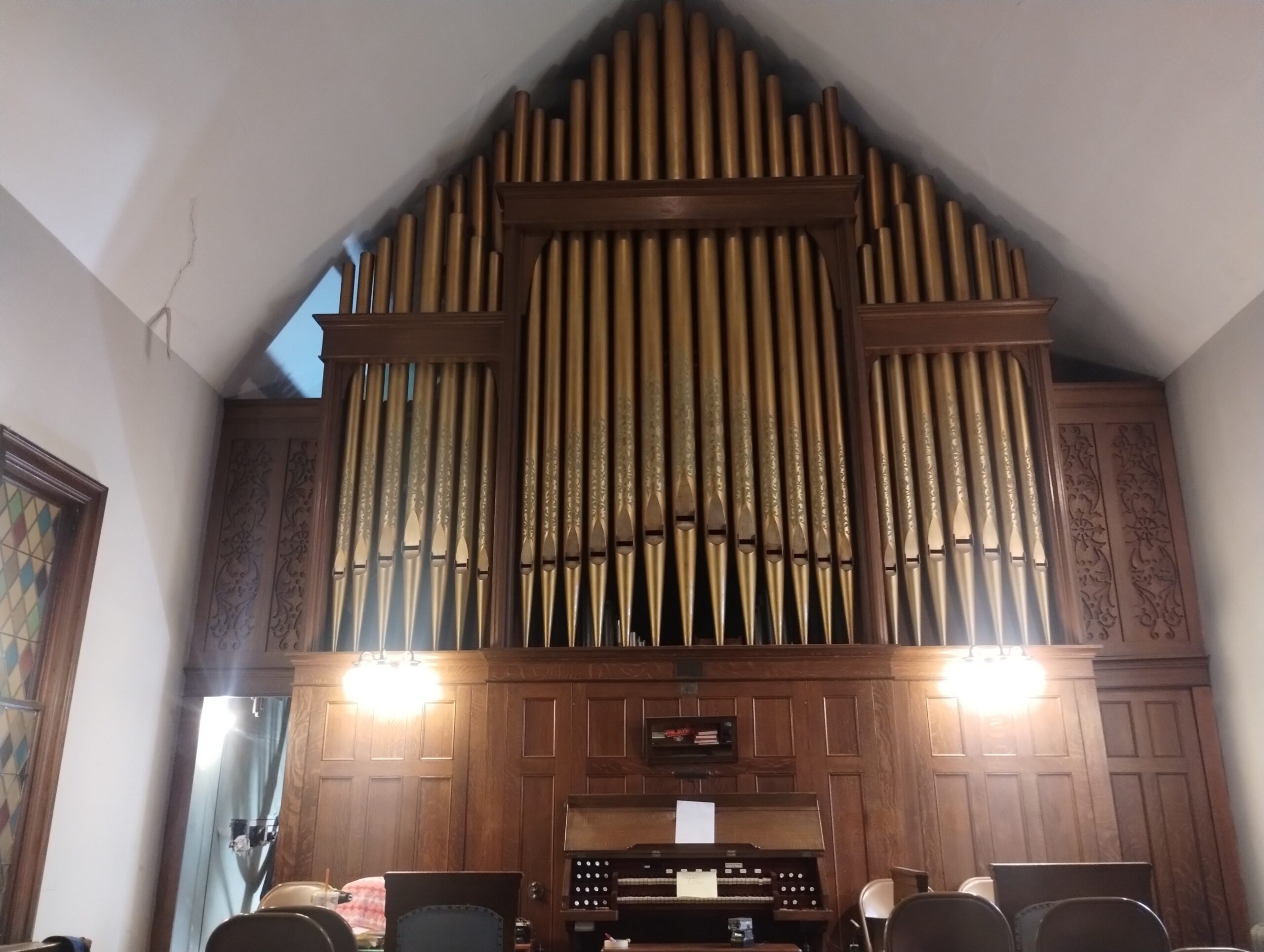
Years of Experience






Concerts, Weddings, Holidays, Seasonal. Generally recommend two tunings each year, scheduled with the seasonal heat and humidity changes: late fall when the heat is on and late spring when the air-conditioning is on.
Dust and debris covering the pipes causes distortion and can mute the sound of the instrument.
We include a comprehensive assessment of every component, from the delicate pipes and intricate wind system to the console, keyboard action, and electrical systems, identifying issues like deteriorating leather, rusted metal, or worn-out mechanical parts.
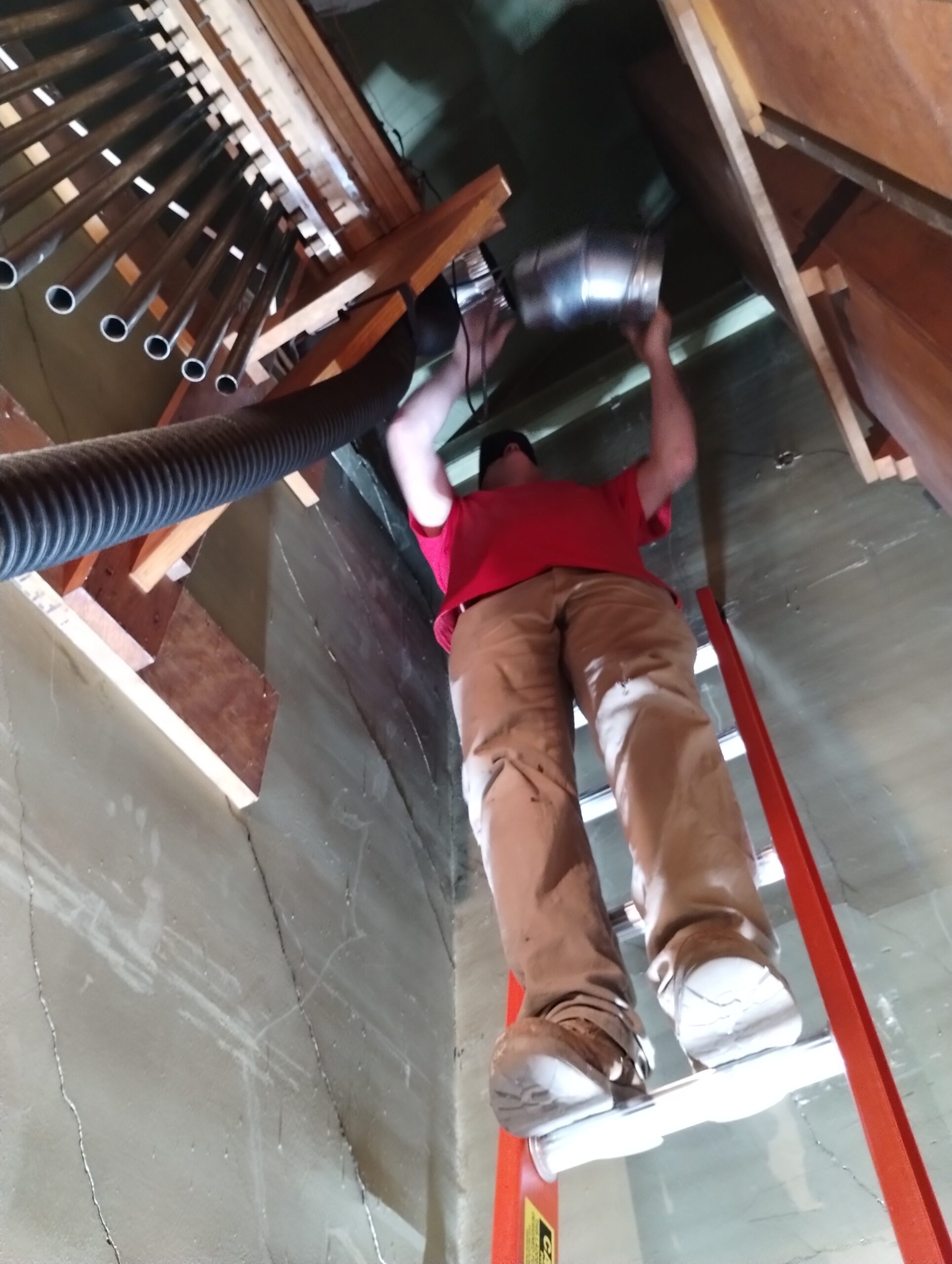
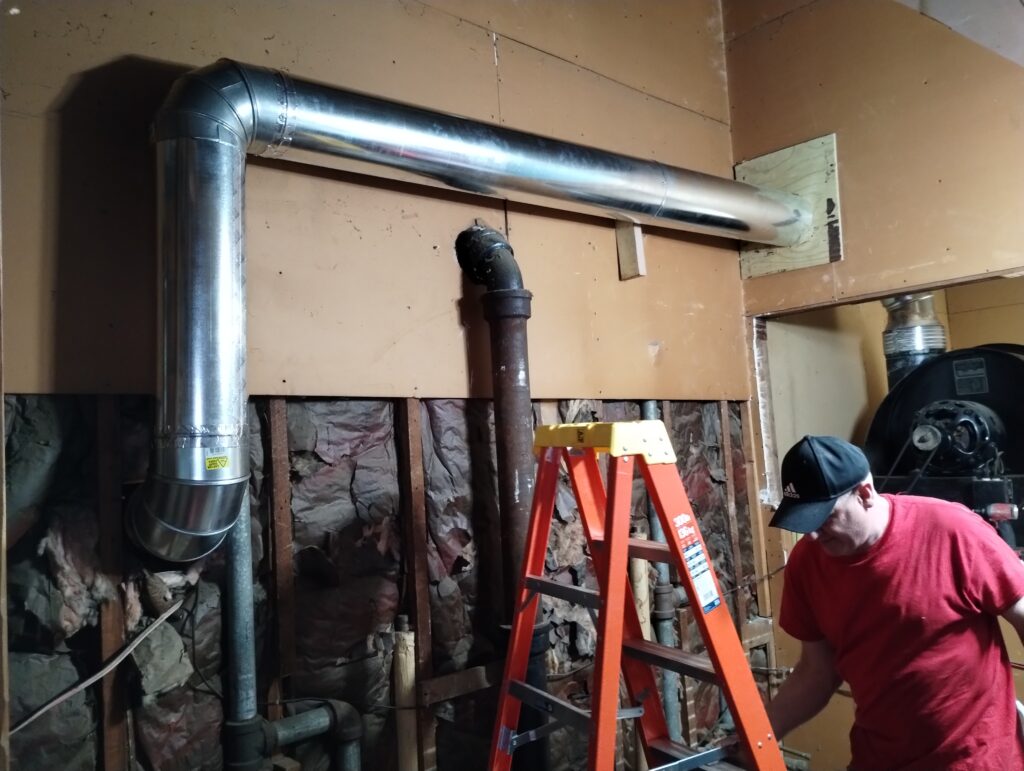
Pipe organ restoration is a highly specialized and intricate process dedicated to breathing new life into these magnificent, complex instruments.
Survey visits to determine maintenance and tuning requirements, condition, and needed/anticipated repairs and upgrades
We provide a careful blend of conservation and revitalization. Technicians may re-leather bellows and pouches, repair or re-voice pipes to recapture their original tonal qualities, consolidate and repair antique woodwork, and upgrade control systems while preserving historical features.


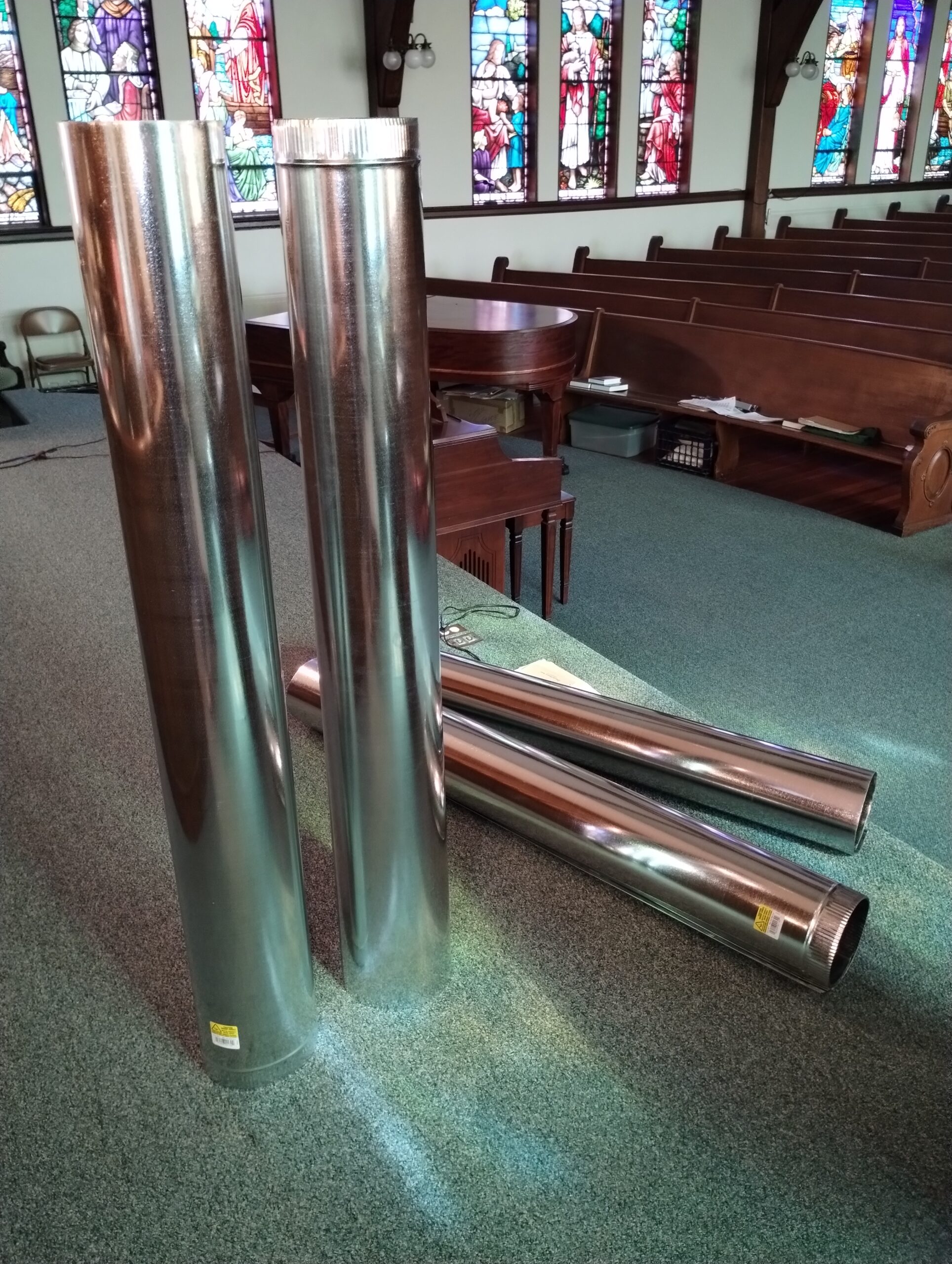
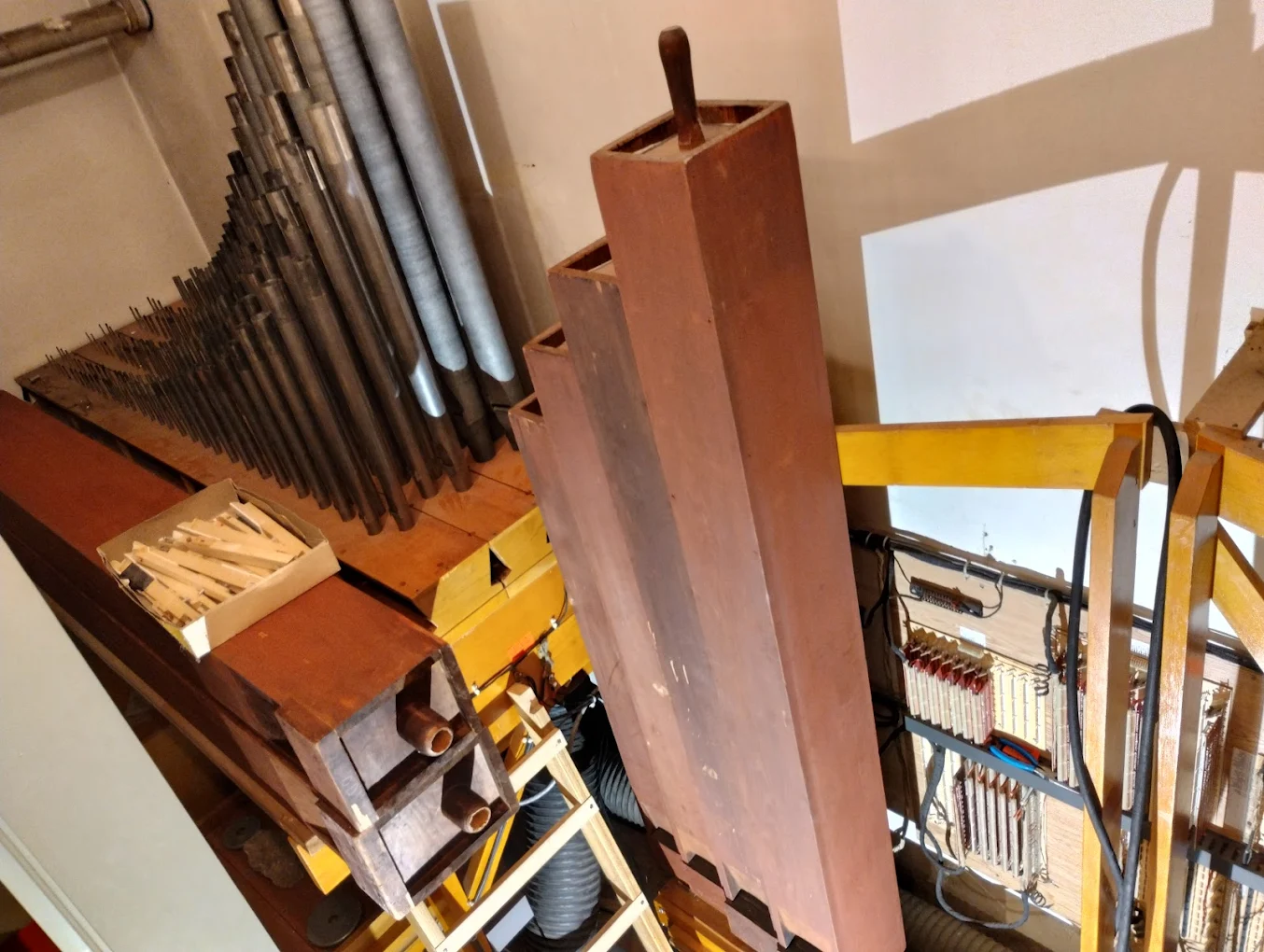
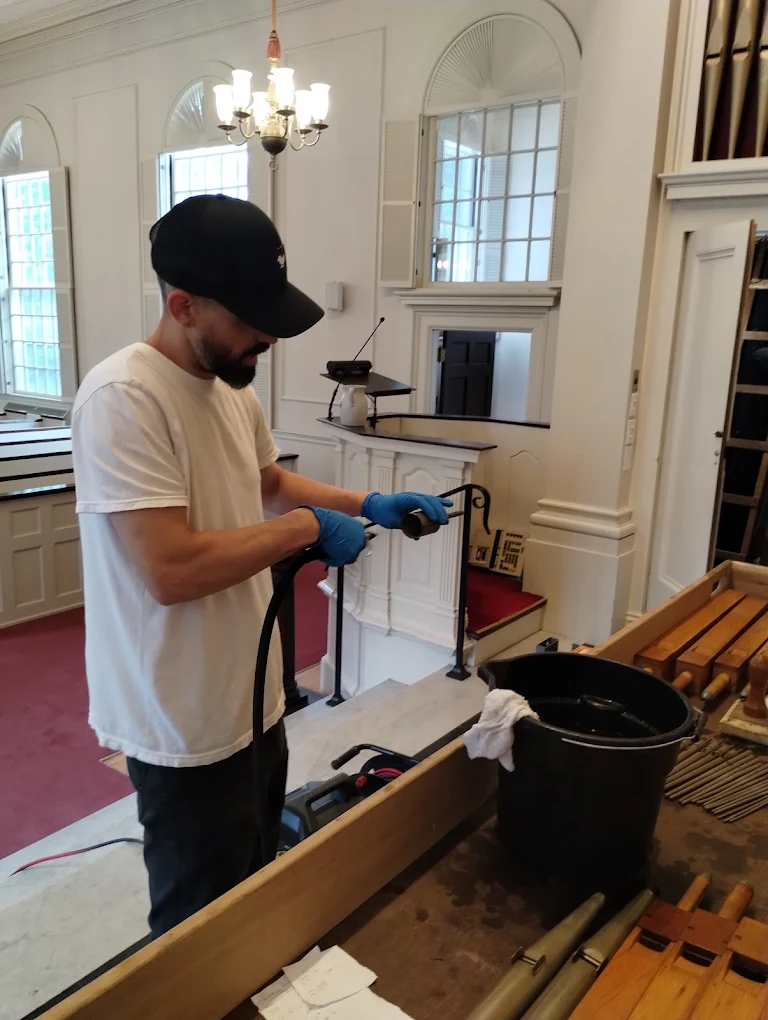
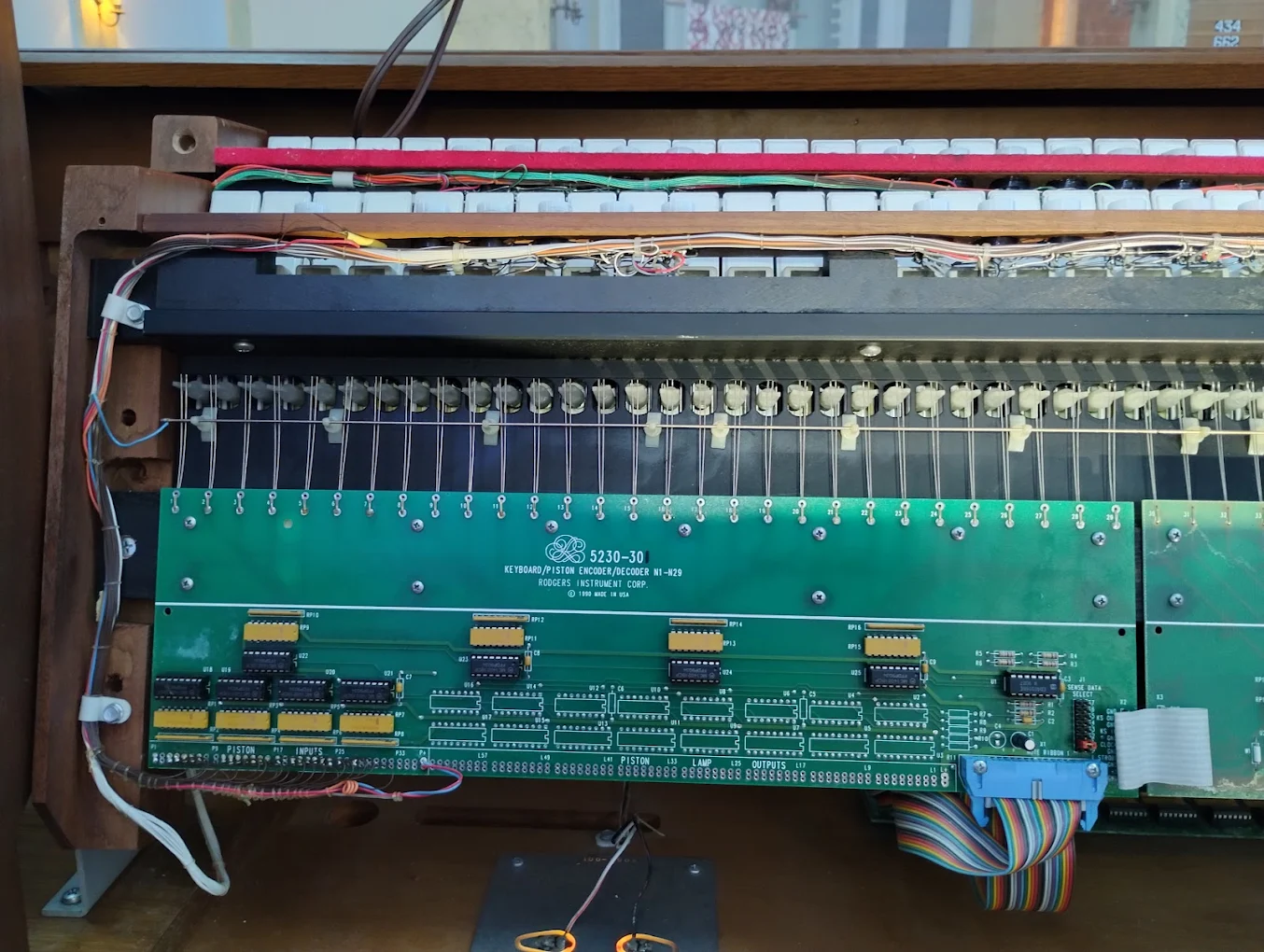
Auctor elementum etiam congue gravida posuere nostra inceptos scelerisque mus consequat imperdiet.
Auctor elementum etiam congue gravida posuere nostra inceptos scelerisque mus consequat imperdiet.
Auctor elementum etiam congue gravida posuere nostra inceptos scelerisque mus consequat imperdiet.
Auctor elementum etiam congue gravida posuere nostra inceptos scelerisque mus consequat imperdiet.
Auctor elementum etiam congue gravida posuere nostra inceptos scelerisque mus consequat imperdiet.
Auctor elementum etiam congue gravida posuere nostra inceptos scelerisque mus consequat imperdiet.
Our clients trust us for our meticulous craftsmanship, transparent communication, and reliable service, ensuring every tuning, repair, or restoration is done efficiently and at your earliest convenience.
We stand apart through our unwavering dedication to the art and science of organ maintenance, combining decades of specialized expertise with a genuine passion for these magnificent instruments.
Pipe organ restorations can be a monumental undertaking that goes beyond routine maintenance or minor repairs, representing a significant overhaul to restore an aging or deteriorating instrument to its peak performance and often extend its lifespan by many decades.
"The transformation of our pipe organ after Charlie and his team's rebuilding project was simply astonishing. We'd been struggling with inconsistent notes and a fading sound for years, and now the instrument sings with a clarity and power we haven't heard in a looong time."
Over the decades we have serviced, repaired, tuned and rebuilt countless pipe organs for hundreds of clients. Take a look at some our work.
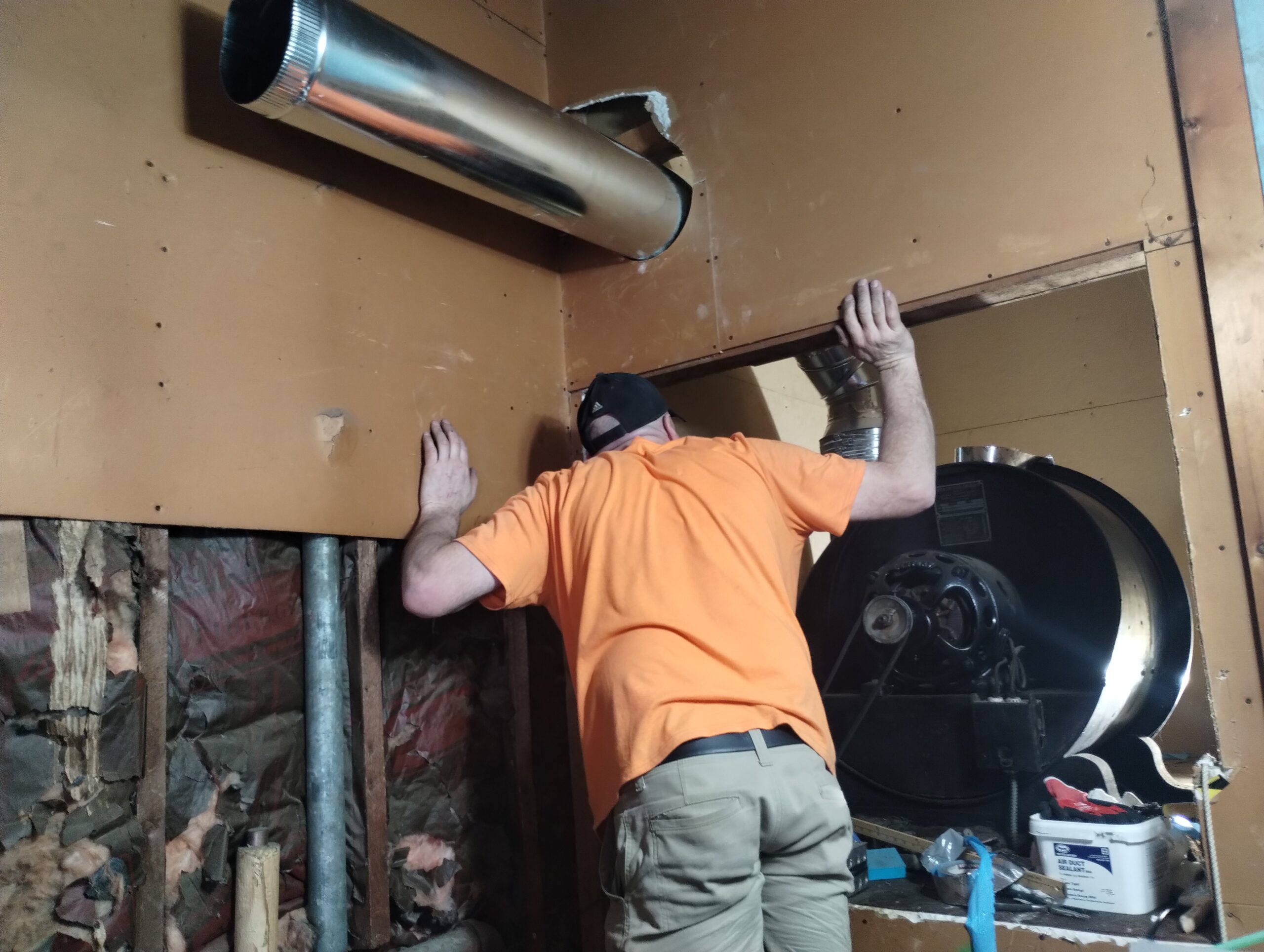
Ultimately, pipe organ restoration is an investment in musical heritage, ensuring that these grand instruments can once again resonate with their full power and beauty. It requires a unique combination of technical skill, historical knowledge, and an unwavering passion for the art of organ building. The benefits extend beyond the instrument itself, often revitalizing the spaces they inhabit and contributing significantly to the cultural fabric of a community.
Pipe organs generally benefit from tuning at least twice a year, typically during seasonal transitions (fall and spring) when temperature and humidity changes significantly affect the pitch of the pipes.
Some organizations schedule tuning before major holidays like Christmas and Easter. The frequency of tuning can vary depending on factors like the organ's age, the climate control in the building, how often it's used, and the types of pipes it has.
Routine service usually includes checking and lubricating the blower, making minor adjustments to the console and other mechanical components, and touching up the tuning of pipes. Tuning should be performed by a professional technician inside the organ chamber who can carefully adjust tuning mechanisms and inspect for any potential problems.
Temperature is the single most important factor for stable tuning. Changes in temperature cause the metal and wood components of the organ pipes to expand and contract, affecting their pitch. For accurate tuning, the room temperature should be consistent with the typical playing temperature for several hours before the tuning takes place.
While minor "touch-up" tuning of certain stops might be possible with proper training, comprehensive tuning and major repairs require professional expertise. Improper handling of delicate pipes can cause damage and disrupt tuning.
Keep in mind these are broad estimates, but usually a general guideline suggests budgeting between 0.25% and 0.5% of the organ's replacement value annually for service. For a $300,000 organ, this would be $750-$1,500 per year. Hourly rates for tuning and maintenance generally range from $85 to $125.
The duration and cost of tuning will vary depending on the size of the organ.
I may be adjusting a pipe that is too loud or too soft, a process called “voicing.” I may be going from one chamber to another, and that can take several minutes and requires several ladders. There is also some “housekeeping” to do inside the organ chambers, such as cleaning up the dust that accumulates, and removing the occasional dead bugs.
Tuning requires skill and concentration, and quiet conditions are necessary for good results. Our tuners understand that complete silence can seldom be achieved, but it is important to keep the area adjacent to the organ free from disturbance, and the the use of machinery such as vacuum cleaners should be avoided while tuning is in progress.
Pipe organ tuning is a complex process typically performed by a team of two: a tuner and a tuning assistant. The tuner works inside the organ chamber, physically adjusting each pipe's tuning mechanism.
